5. Drive (2011)
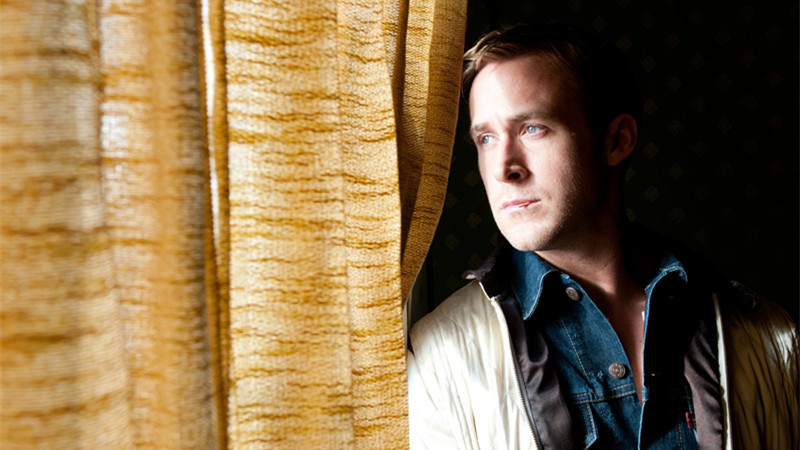
The plot of a getaway driver caught in over his head is by no means a new concept, but Nicholas Winding Refn’s arthouse action masterpiece Drive redefined the subgenre with its decedent visual style and rich characters. Instead of pursuing the relentless action spectacle of other car chase action films, Refn focused on deconstructing the glossy perception of Los Angeles by contrasting it with the seedy, violent underbelly. This contrast between gruesome, pulp violence and formal cinematic beauty makes Drive wholly unique.
But part of Drive’s resonance also comes from the fact that it is inherently a love story, and a fairy tale at that; the relationship between Ryan Gosling’s driver and Carey Mulligan’s Irene is drawn from classical romance, and their angsty dynamic is framed within an outrageous crime saga that is equally inspired by Quentin Tarantino, Alejandro Jodorowsky, Michael Mann, and Sergio Leone. Between the omnipresent score, which mixes synthesizers with energetic club music, and the neon lit visuals, Drive is perhaps one of the most beautiful looking action movies ever made.
4. On Her Majesty’s Secret Service (1969)
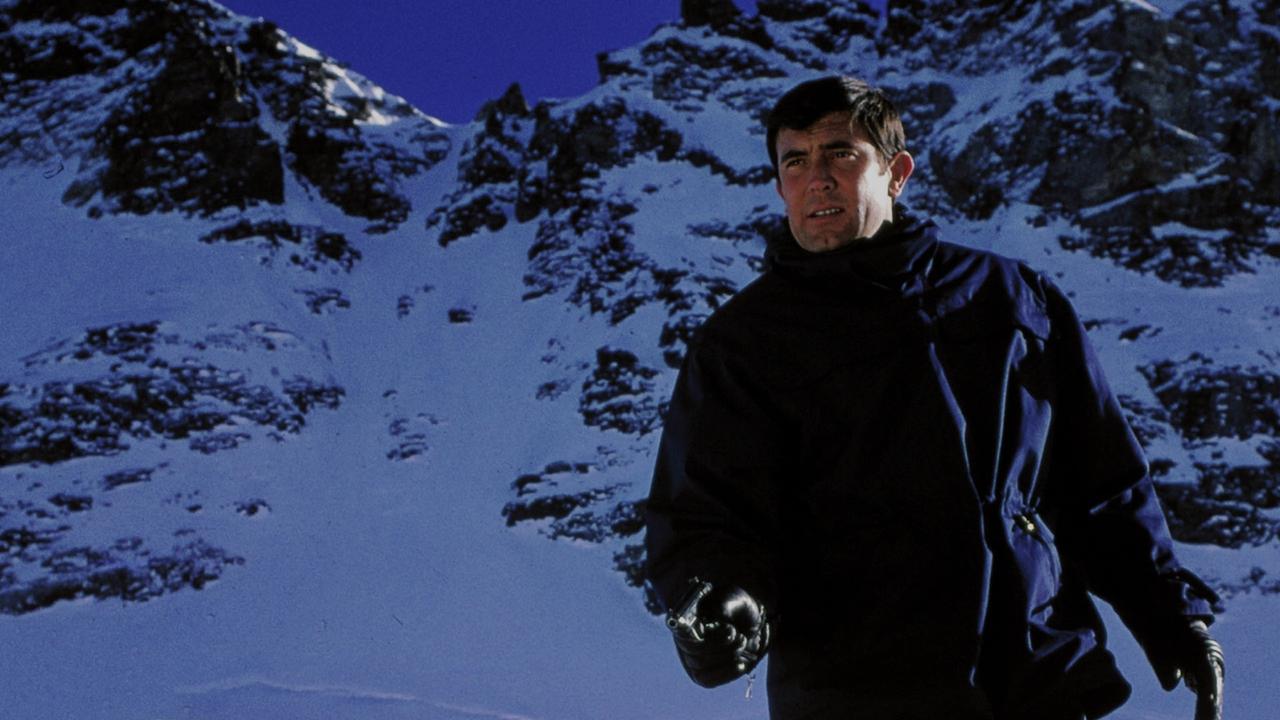
On Her Majesty’s Secret Service drew derision at the time of its initial release because it lacked the inherent charisma and crowd pleasing style of the Sean Connery films, but as the years went by, the film revealed itself to be among the most profound and meditative films in the series. George Lazenby brought a much more humanistic side to 007, showing Bond to be a vulnerable person capable of being defeated and overwhelmed, and the film’s tragic closing moments only solidify its emotional quality.
Beyond the film’s deep pathos and exciting action, it is also one of the most philosophical films of the entire James Bond series. Bond is forced to live with the consequences of his persona, and he feels the emotional consequences of witnessing the chaos of the world. Filmmakers such as Christopher Nolan and Steven Soderbergh continue to cite On Her Majesty’s Secret Service as not only the best Bond film, but the film that transcended the buoyant cheerfulness of the series and became a tragic meditation on the genre itself.
3. Starship Troopers (1997)
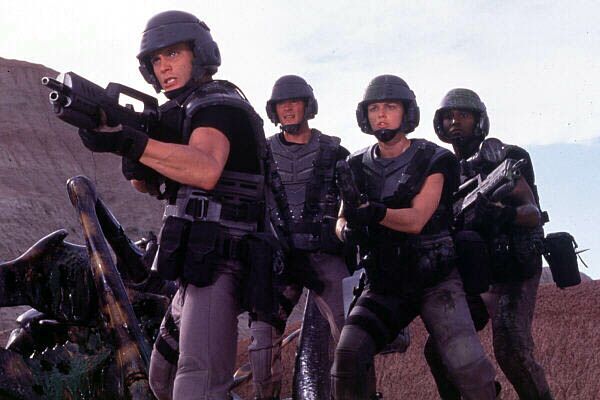
Starship Troopers is perhaps one of the most misunderstood films of all-time; instead of conforming to the fascist, militaristic themes of the original novel, Paul Verhoeven attacked those concepts head on with a satire of propaganda films that exposed the lurid nature of a culture built on conquest. The satire of Starship Troopers isn’t immediately evident, as the film doesn’t break the fourth wall or break from its commitment to emulating propaganda films, but seeing these characters be celebrated for forsaking their own humanity makes it all the more sickening.
Everything about the characters and their relationships are completely surface level, but this is intended; Verhoeven is clever to lift a mirage of teen romantic relationships and place them within the confines of a crowd pleasing action movie. But beneath these hollow relationships and generic spectacles, made to represent simplistic storylines of propaganda, is the sickening consequences of a nationalistic campaign that passes between generations. The fact that this warning was lost on so many audience members is a testament to the themes that Verhoeven is attacking.
2. Miami Vice (2006)
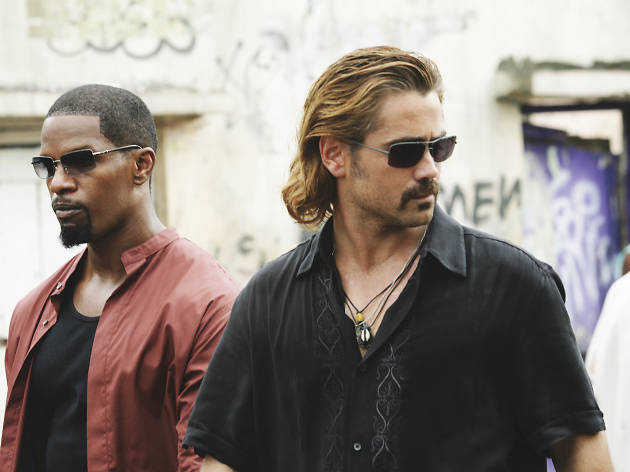
Released at the dawn of the digital era, Michael Mann’s Miami Vice became one of the defining pieces of cinematic digital impressionism. Although the original series was lauded for its intricate narrative and stylish music choices, Mann’s film became a meditation on the trappings of the genre. The atmosphere of the film is gloomy and tragic, and the complex narrative of interrelated crime activities only furthers the characters’ sense of isolation.
The brilliant contrast in the film is between the hyper realistic action and violence with the swagger of the characters; by putting these charismatic characters in a tactile digital environment, Mann exposes the futility of their work and the reality of what their lives really are. Mann revolutionized the digital medium with one of his most introspective works to date, and the film has stood the test of time as an exciting recontextualization of action movie clichés.
1. Point Blank (1967)
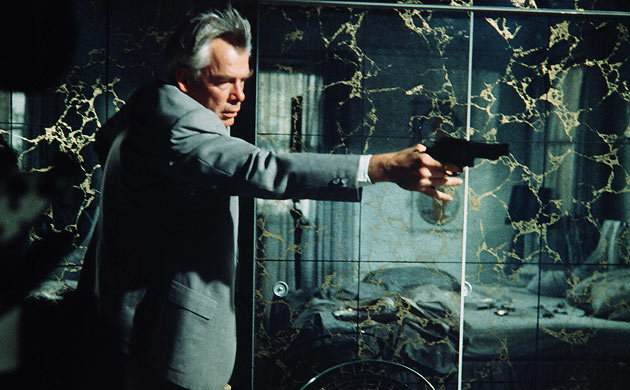
1967’s Point Blank was in many ways the film that launched the very notion of the auteur action film; the rhythmic tempo of the sound mixing, the stylish monochromatism, intricate use of silence, and stark background imagery are all lifted from John Boorman’s unique cinematic genius. Boorman lifted elements from film noir to create a lurid dreamscape of reality, and some have even questioned whether or not the events of the film are a literal dream that Walker (Lee Marvin) has after being shot and killed in point blank range at the beginning of the film.
Whether the film is a literal revenge fantasy or just a meditation on Walker’s detachment from reality due to his tragic experiences, the story revolves around the nature of dehumanization. The idiosyncratic design of many of the set pieces helps to realize this surrealism, and Marvin’s bluntness as an actor lacks the normal pathos one would expect from an action star. A breakthrough in the world of action movies, Point Blank brought arthouse qualities into the format of an exciting thriller.